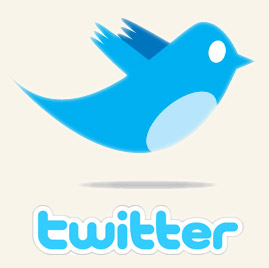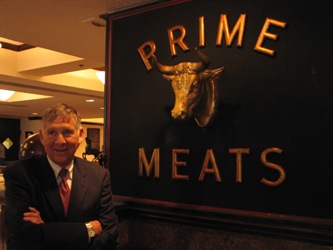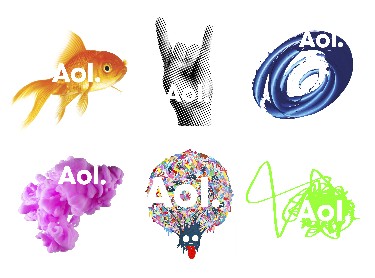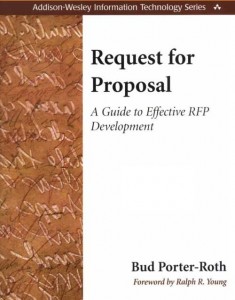Look Behind the Digital Curtain.

There is an amazing theory in physical anthropology called phylogeny recapitulates ontology which suggests that the ascent of man from micro to human form is recreated every time a baby is born. From fertilized egg the form grows fishlike, reptilian, birdlike, to muuun-key (as Peter Sellers used to say) and finally goo-goo gah-gah person.
I think every marketer needs to experience life as a small business before making decisions for a large business — and that doesn’t always happen. Small business owners have to do it all and be responsible for all. They may not be good at everything, but they need to experience and understand everything. Only when they “get” each business and marketing function can they make fair decisions about execution. Not all large business marketers see the whole picture and it’s a shame.
Noah Brier a smart digital strategist at the Barbarian Group has said every marketing who uses the Web should take an interest in and learn, however rudimentary, to write code. Most slough off this advice, but he’s right. Like the marketer who needs to understand the evolution of the business from small to large and the scientist who should be aware of single cell to complex organism, the online marketer is better off if understanding just what’s behind the digital marketing curtain. And understanding its power. Peace!










